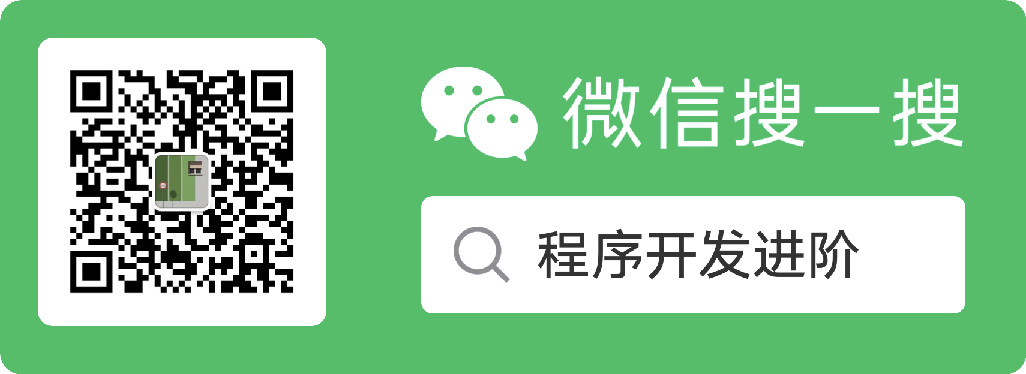Go 语言学习笔记(二)
文章目录
定义结构体:
1 2 3 4 5 6type struct_variable_type struct { member definition; member definition; ... member definition; }结构体example:
1 2 3 4 5 6 7 8 9 10 11 12 13 14 15 16 17 18 19 20 21 22 23 24 25 26 27 28 29 30 31 32 33 34 35 36 37 38 39 40 41 42 43 44 45// struct_test2.go package main import ( "fmt" ) type Book struct { author string title string book_id int subject string } func main() { var book1 Book book1.author = "lryong1" book1.title = "test1" book1.subject = "wulala" book1.book_id = 1 var book2 Book book2.author = "lryong2" book2.title = "test2" book2.subject = "wakaka" book2.book_id = 2 gen_inform(&book1) //传递book1结构体的地址 gen_inform(&book2) } func gen_inform(*a Book) { //结构体指针 fmt.Printf("Book's title is %s\n", a.title) fmt.Printf("Book's author is %s\n", a.author) fmt.Printf("Book's book_id is %d\n", a.book_id) fmt.Printf("Book's subject is %s\n", a.subject) fmt.Printf("Book's information is %d\n", a.try_method()) fmt.Println("============================") } func (a Book) try_method() int { return a.book_id << 4 }Golang的双引号和反引号,单引号:
- 双引号和反引号都用于表示一个常量字符串。
- 双引号用来创建可解析的字符串字面量(支持转义,但不能用来引用多行)。
- 反引号用来创建原生的字符串字面量,这些字符串可能由多行组成(不支持任何转义序列),原生的字符串字面量多用于书写多行消息、HTML以及正则表达式。
- 而单引号则用于表示Golang的一个特殊类型:rune,类似其他语言的byte但又不完全一样,是指:码点字面量(Unicode code point),不做任何转义的原始内容。
Go 数组的长度不可改变,在特定场景中这样的集合就不太适用,Go中提供了一种灵活,功能强悍的内置类型切片(“动态数组”),与数组相比切片的长度是不固定的,可以追加元素,在追加时可能使切片的容量增大。
Go 语言中 range 关键字用于for循环中迭代数组(array)、切片(slice)、通道(channel)或集合(map)的元素。在数组和切片中它返回元素的索引值,在集合中返回 key-value 对的 key 值。example:
1 2 3 4 5 6 7 8 9 10 11 12 13 14 15 16 17 18 19 20 21 22 23 24 25 26 27 28 29 30 31 32 33 34// range_test1.go package main import ( "fmt" ) func main() { //使用range求一个slice的和,跟使用数组相似 var test = []int{2, 4, 6} sum := 0 for _, num := range test { //"_"只是可写变量,省略索引 sum += num } fmt.Println("sum result is ", sum) for i, v := range test { if v == 6 { fmt.Println("index:", i) } } //range也可以用在map的键值对上。 kvs := map[string]string{"a": "apple", "b": `banana`} for k, v := range kvs { fmt.Printf("%s -> %s\n", k, v) } //range也可以用来枚举Unicode字符串。第一个参数是字符的索引,第二个是字符(Unicode的值)本身 for i, c := range "go" { fmt.Printf("%d -> %d\n", i, c) } }Go语言Map(集合):Map 是一种集合,所以我们可以像迭代数组和切片那样迭代它。不过,Map 是无序的,我们无法决定它的返回顺序,这是因为 Map 是使用 hash 表来实现的。定义方式:
1 2 3 4 5/* 声明变量,默认 map 是 nil */ var map_variable map[key_data_type]value_data_type /* 使用 make 函数 */ map_variable = make(map[key_data_type]value_data_type)- example:
1 2 3 4 5 6 7 8 9 10 11 12 13 14 15 16 17 18 19 20 21 22 23 24 25 26 27 28 29 30 31// map_test1.go package main import ( "fmt" ) func main() { // var countryCapitalMap map[string]string //gen map,无序 countryCapitalMap := make(map[string]string) countryCapitalMap["France"] = "Paris" countryCapitalMap["Italy"] = "Rome" countryCapitalMap["Japan"] = "Tokyo" countryCapitalMap["India"] = "New Delhi" countryCapitalMap["United States"] = "New York" for country := range countryCapitalMap { fmt.Printf("The capital of %s is %s\n", country, countryCapitalMap[country]) } capital, ok := countryCapitalMap["United States"] //查看元素在集合中是否存在 if ok { fmt.Println("Capital of United States is ", capital, "!!!") } else { fmt.Println("Capital of United States is not present.") } delete(countryCapitalMap, "United States") fmt.Println("United States has been deleted.") }接口:Go 语言提供了另外一种数据类型即接口,它把所有的具有共性的方法定义在一起,任何其他类型只要实现了这些方法就是实现了这个接口。
- example:
1 2 3 4 5 6 7 8 9 10 11 12 13 14 15 16 17 18 19 20 21 22 23 24 25 26 27 28 29 30 31// interface_example1.go package main import ( "fmt" ) type Phone interface { call() } type NokiaPhone struct{} func (phone NokiaPhone) call() { fmt.Println("I'm Nokia,I can call you!") } type IPhone struct{} func (phone IPhone) call() { fmt.Println("I'm iphone,I can call you!") } func main() { var test_phone Phone test_phone = new(NokiaPhone) test_phone.call() test_phone = new(IPhone) test_phone.call() }Go 语言通过内置的错误接口提供了非常简单的错误处理机制。error类型是一个接口类型.

